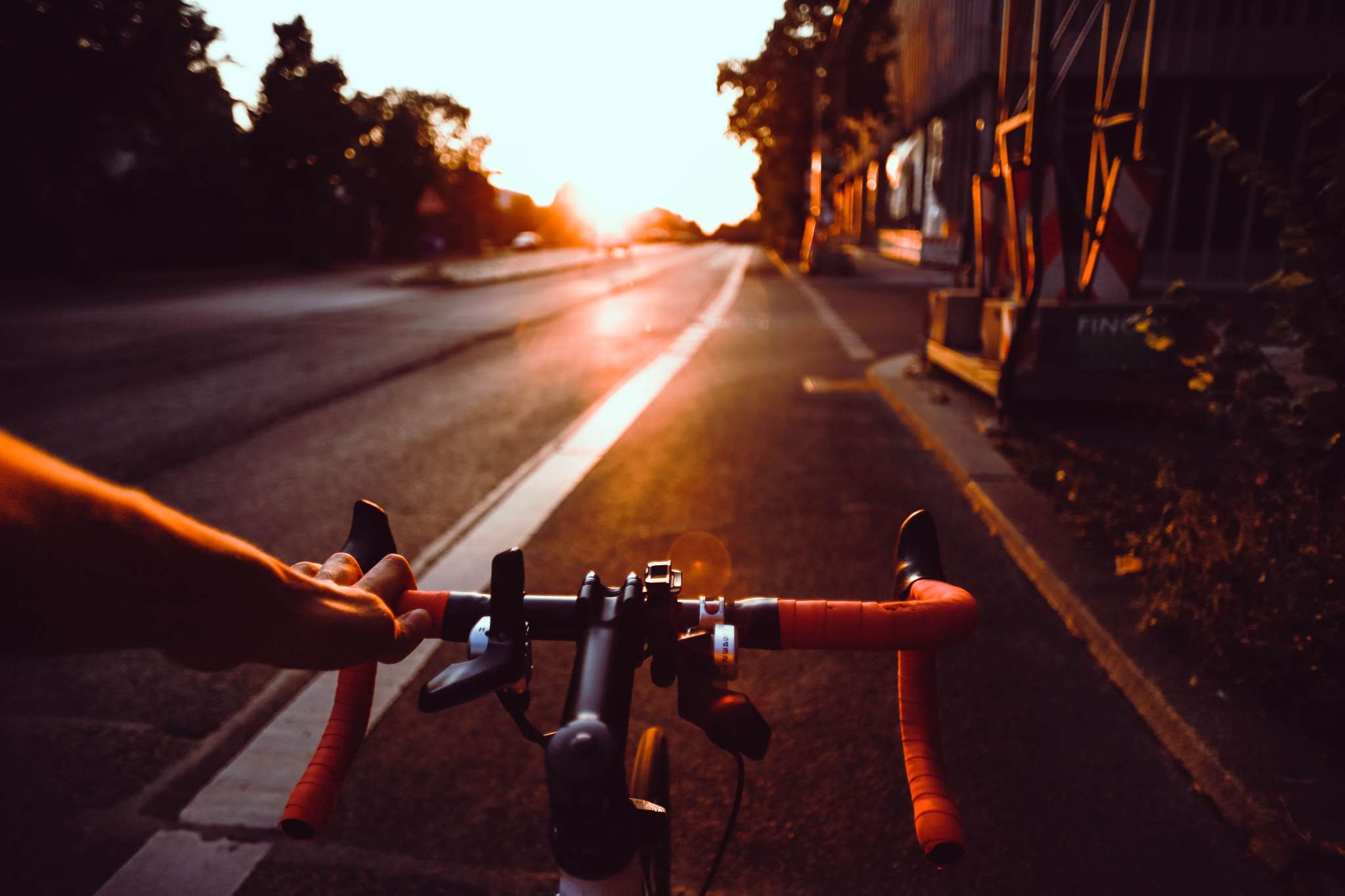Table of Contents
Long-distance cyclists and bike tourers often embark on journeys that expose them to extended sun exposure.
The thrill of exploring new routes and experiencing the freedom of the open road is exhilarating.
However, it’s crucial to prioritize sun safety throughout these adventures. After all, 90% of nonmelanoma skin cancers are connected to sun exposure and UV radiation.
So, if you’re also one of the long-distance cyclists and bike touring enthusiasts, here are the essential sun safety practices and strategies tailored for you.
Consider UPF clothing
UPF clothing is specially designed to block harmful UV radiation from the sun. Look for cycling sun protection with a UPF rating of 30 or higher.
The higher the UPF rating, the greater the level of sun protection. Long-sleeved shirts, pants, and neck gaiters are ideal for maximum protection.
Opt for UPF clothing with ventilation features like mesh panels or vents to help regulate body temperature.
Select clothing made from moisture-wicking materials to keep sweat away from your skin and maintain comfort.
Prefer a hat with a peak
The hat’s peak shades your face, reducing direct sun exposure. This helps prevent sunburn and minimizes the risk of sun-related eye damage. It also reduces glare and improves visibility and safety on the road.
Ensure that the hat fits snugly but comfortably on your head. Position the peak of the hat to shade your face and eyes effectively. Tilt it downward slightly to maximize coverage.
Wear sunglasses with UV protection
Ensure your sunglasses have 100% UV protection to block UVA and UVB rays. Look for a label or sticker indicating UV protection.
Consider sunglasses with a wraparound design that provides better coverage and minimizes peripheral light exposure.
Consider using a strap or retainer to secure your sunglasses, ensuring they stay in place during your ride.
Apply sunscreen regularly
Apply sunscreen at least 15-30 minutes before you start your ride to make sure it has absorbed into your skin properly. Don’t forget areas like the back of your neck and behind your ears. Especially if you are in a hot country like Italy and doing a whole Italy cycling tour.
If you anticipate sweating or riding in wet conditions, choose a water-resistant sunscreen for longer-lasting protection.
Pay attention to areas often overlooked, like the tops of your feet, the backs of your hands, and the underside of your chin.
Avoid direct contact
Stay out of the sun helps minimize exposure to harmful ultraviolet (UV) rays. Consider looking for shaded areas to cool down and protect yourself from the sun during breaks and rest stops.
Plan your route to take advantage of natural landmarks like trees, hills, and mountains that can provide shade at various times of the day.
Shift your ride time
Shifting your ride time to avoid peak sun hours is a smart sun safety strategy during long-distance cycling and bike touring.
Aim to start your ride early in the morning or later in the afternoon. Check local weather forecasts for sunrise and sunset times.
Be flexible with your cycling schedule. If you’re on a bike tour, adjust your daily start and end times based on weather conditions and terrain.
Be aware of local weather patterns and climate. In some regions, it may be necessary to avoid riding during specific seasons due to extreme heat.
Explore SPF numbers
The SPF number on sunscreen represents the protection it offers against UVB rays. Knowing your SPF number helps you choose a sunscreen that matches your skin’s sensitivity to UV radiation. Consider your skin type.
Check the UV index for your location and planned ride time. Assess how long you’ll be exposed to the sun during your ride.
Longer durations may require a higher SPF or more frequent reapplication. If you’ve experienced sunburn easily, opt for a higher SPF.
Prefer spray
Spray sunscreen helps prevent sunburn, especially on highly burning-prone skin. If you’ve any skin problems like sensitive skin or burning-prone skin, spray sunscreen can reduce the need to rub or touch the skin, which can be uncomfortable.
They are often lightweight and non-greasy, making cyclists more comfortable as they don’t interfere with grip or bike controls.
Before applying, shake the spray sunscreen well to ensure even product distribution. Hold the spray bottle about 4-6 inches from your skin and spray generously.
Carry a spare sunscreen bottle
Sunscreen effectiveness diminishes over time, especially when sweating or in wet conditions. Carry a spare to reapply sunscreen during your ride, ensuring continuous protection.
Choose a travel-size or mini sunscreen bottle that easily fits in your pocket without causing discomfort or hindering your cycling.
Ensure the sunscreen bottle is tightly sealed to prevent any accidental leakage inside your pocket. Place the spare sunscreen in a pocket that’s easily accessible while cycling.
CONCLUSION
Following these practices in your cycling routine allows you to explore new horizons outdoors, safeguarding your health and well-being.
Be aware of the signs of overheating and heat-related illnesses, such as dizziness, nausea, and excessive sweating. If you experience these symptoms, seek shade and rest.
Remember, sun safety isn’t a one-size-fits-all endeavor. Your unique skin type, geographical location, and planned route can influence the sun safety measures you should adopt.
Photo Credit: Unsplash


